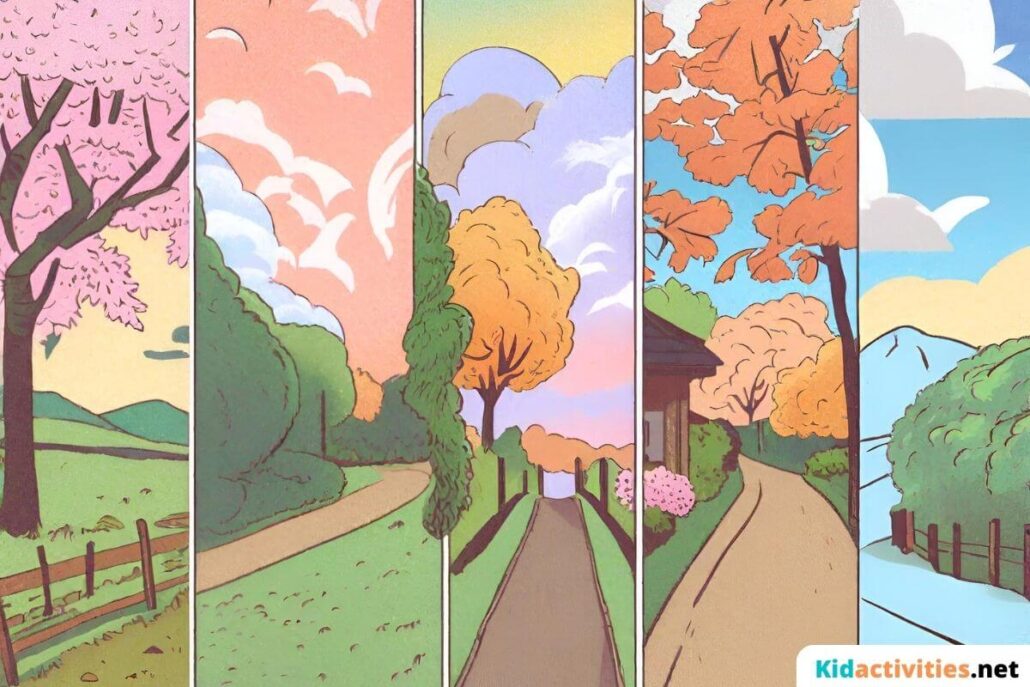“Don’t forget your umbrella!”
“Put on a jacket before you go outside to play!”
“Yay, it’s snowing today!”
“Why is it raining for the third day in a row?”
People talk about the weather every day – how to prepare for it, what to wear for it, celebrating it, and even complaining about it. Responding to the weather is something that our students do all year long. If you teach a science class, perhaps your students have practiced being meteorologists, tracking, researching, and coming to conclusions about weather patterns.
Maybe your class has developed a rain plan for a day when you plan to play outdoors or go on a field trip. Likely you have polled your students about their favorite season of the year, which largely depends on their weather preferences!
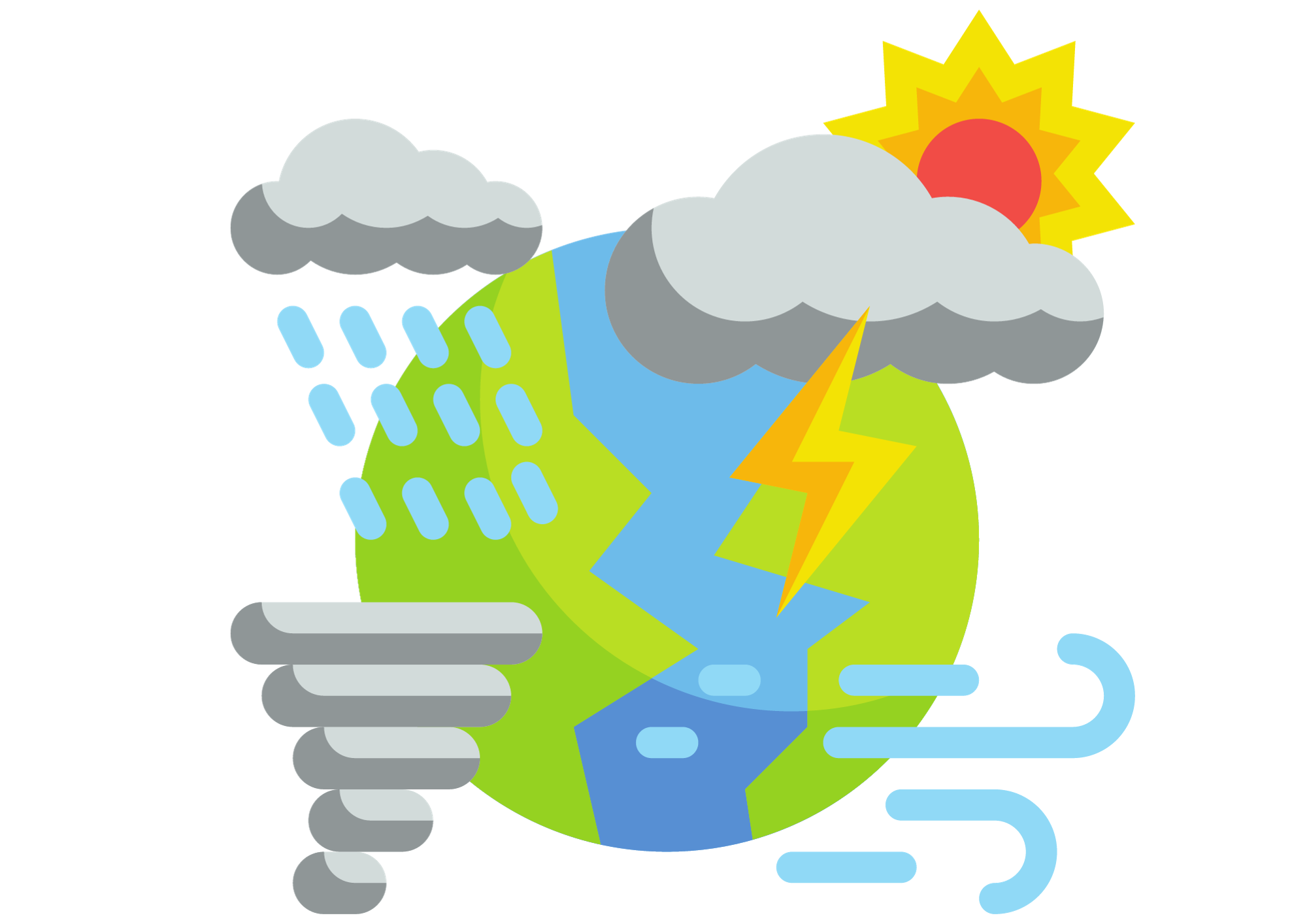
When your class is stuck indoors on a rainy day, quiz your students on these trivia questions about the weather in the great outdoors. Below, you will find five categories with five questions each regarding weather, from weather patterns to extreme storms!
Temperature
Q: A 2003 European heat wave did what to grapes on the vine?
a. Caused them to explode

b. Caused them to turn to raisins
c. Casued them to grow larger
d. Caused them to ferment
Q: In 1913, the hottest temperature ever (134 degrees Fahrenheit) was recorded where?
a. Furnace Creek, California
b. Bangkok, Thailand
c. Mexicali, Mexico
d. Cairo, Egypt
Q: The coldest temperature was recorded at -128.6 degrees Fahrenheit in 1983 on which continent?
a. Europe
b. Asia
c. North America
d. Antarctica
Q: At which temperature does water freeze?
a. 50 degrees Fahrenheit
b. 45 degrees Fahrenheit
c. 32 degrees Fahrenheit
d. 16 degrees Fahrenheit
Q: At what temperature does water boil?
a. 104 degrees Fahrenheit
b. 212 degrees Fahrenheit
c. 301 degrees Fahrenheit
d. 402 degrees Fahrenheit
Clouds

Q: Why do clouds appear white to the human eye?
a. The water droplets reflect sunlight
b. Clouds are made of cotton
c. The clouds are far away
d. The human eye cannot detect a cloud’s true color
Q: What type of clouds of wispy and usually made of ice crystals?
a. Cirrus
b. Stratus
c. Cumulus
d. Stratocumulus
Q: What type of clouds are layered and usually appear during a cool day?
a. Cirrus
b. Stratus
c. Cumulus
d. Stratoculumus
Q: What type of clouds are large and lumpy, usually indicating rain or snow if they are closer to the ground?
a. Cirrus
b. Stratus
c. Cumulus
d. Stratocumulus
Q: What kind of cloud would appear lowest to the ground?
a. Cirrocumulus
b. Altocumulus
c. Altostratus
d. Nimbostratus
Storms
Q: About how many thunderstorms are on Earth each minute?
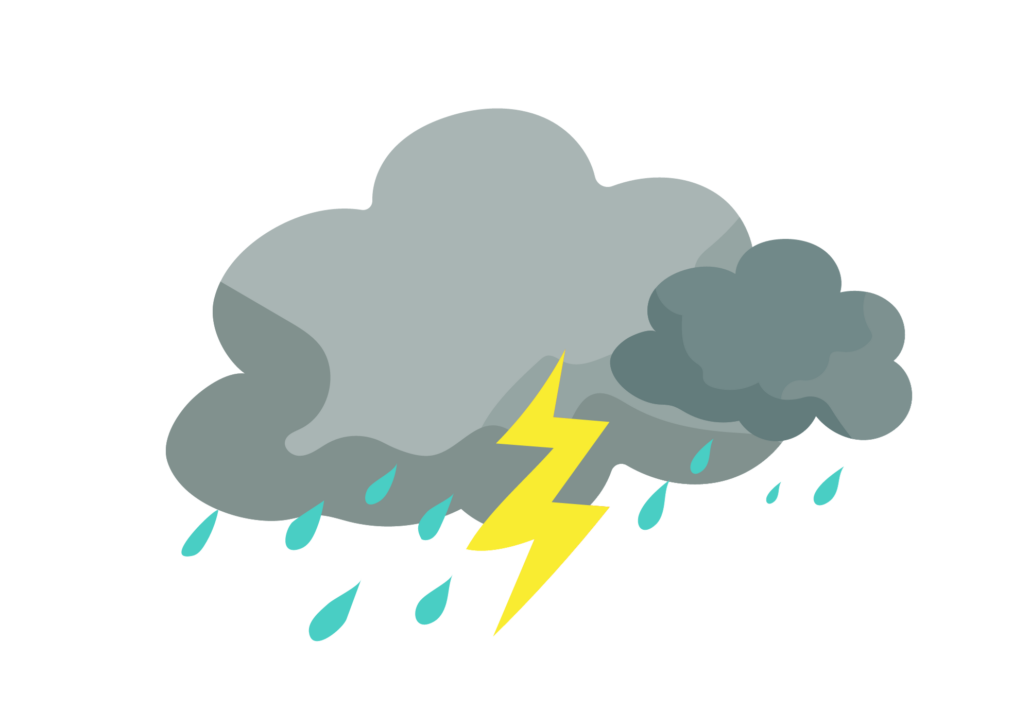
a. 100
b. 1000
c. 2000
d. 3000
Q: What is it called when wildfires create tornadoes?
a. Fire whirls
b. Firenadoes
c. Wilddoes
d. Hot spouts
Q: Where does a hurricane usually form?
a. Over land
b. Over the ocean
c. Over a valley
d. Over a river
Q: How long does a large amount of snow have to fall to be considered a blizzard?
a. 30 minutes
b. 3 hours
c. 3 days
d. 3 weeks
Q: Flooding makes up what percentage of all-natural disasters?
a. 10%
b. 50%
c. 90%
d. 100%
Winds
Q: How fast was the fastest recorded burst of wind?
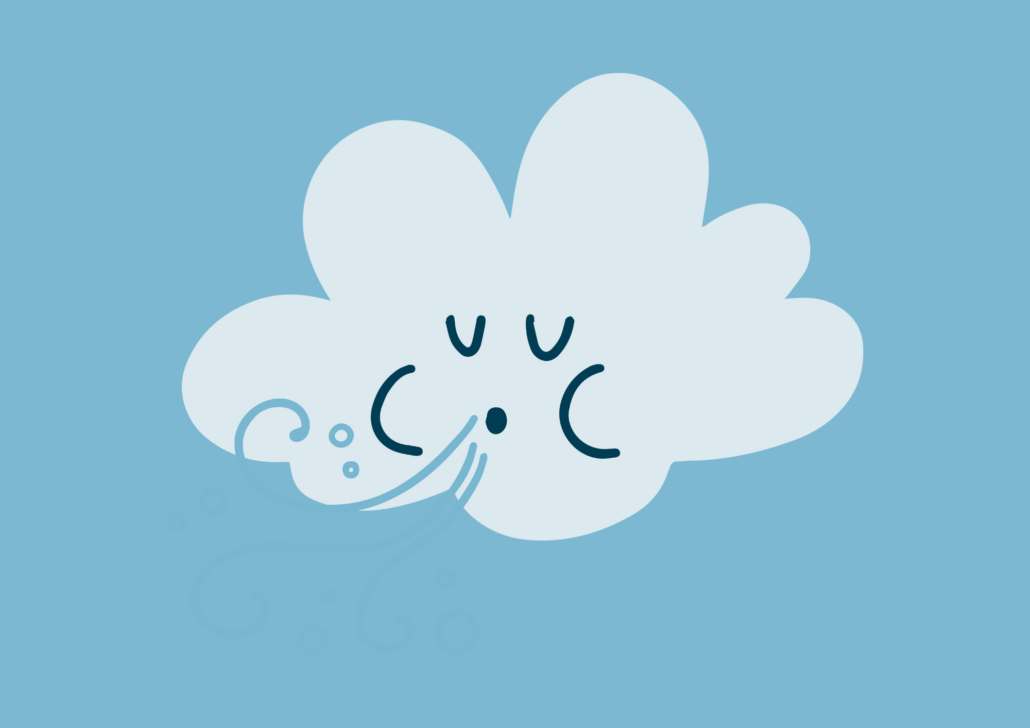
a. 73 mph
b. 183 mph
c. 203 mph
d. 253 mph
Q: What is the windiest location on Earth?
a. The Sahara Desert
b. Seattle, Washington
c. Cape Farewell, Greenland
d. San Francisco, California
Q: What is a black blizzard made up of?
a. Snow and black ice
b. Dirt, sand, and wind
c. Mud and snow
d. Dirt and water
Q: What type of region do sandstorms usually develop in?
a. Mountains
b. Islands
c. Deserts
d. Urban areas
Q: What do wind turbines convert wind into?
a. Water
b. Power or electricity
c. Tornadoes
d. Ice
Precipitation
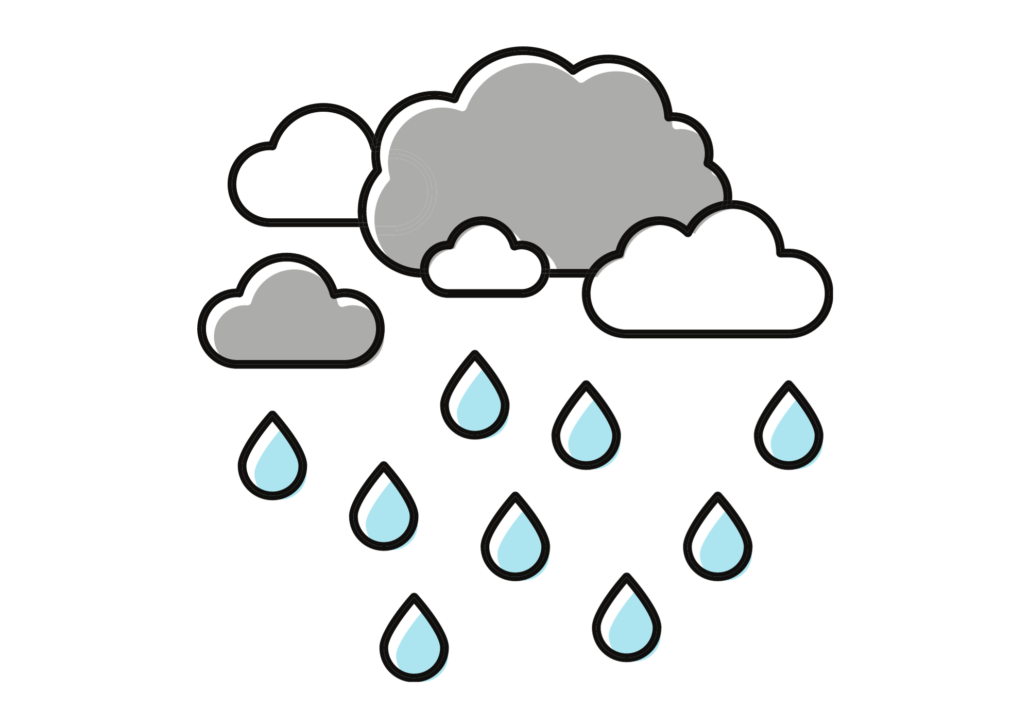
Q: What is precipitation?
a. Ocean water
b. Any water formed in Earth’s atmosphere
c. Only rain
d. Excess flood water
Q: What is the most common type of precipitation across the globe?
a. Rainfall
b. Snow
c. Hail
d. Sleet
Q: What size was the largest hailball recorded?
a. The size of a golf ball
b. The size of a tennis ball
c. The size of a hamster wheel
d. The size of a volleyball
Q: How many sides does each snowflake have?
a. Two
b. Four
c. Six
d. Eight
Q: What is virga?
a. Freezing rain
b. Small hailstones
c. Steam
d. Precipitation that evaporates before it lands on Earth
Were these weather-related questions a breeze for your classroom? Now that this trivia knowledge has rained down on your students, don’t stop the flood of information! Share these trivia questions with your fellow educators or set up a friendly quiz bowl competition. Your students will be excited to show off their meteorology skills!
